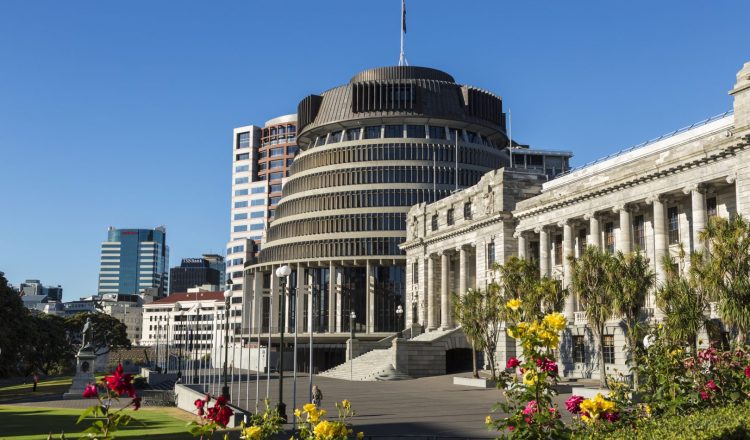监察员办公室
监察员是什么?
监察员的概念来自瑞典,大致意味着 “投诉” 或 “冤情人”。新西兰是最早将这一角色纳入其政府系统的国家之一,这证明了新西兰对平等和公平的重视。监察员是总督任命的独立、公正的人物,通过确保和优先考虑对新西兰人民的公平,发挥了至关重要的作用。监察员通过调查公众对政府机构提出的投诉来做到这一点。这些机构包括中央政府一级的机构,例如国内税务局,也包括地方政府(如议会)的机构。监察员办公室还可以调查 KiwiRail 等国有企业以及大学。
除了防止和惩罚政府工作场所的非法或腐败行为之外,监察员还调查监狱和拘留中心囚犯的待遇。那些举报潜在违规行为的人被称为 “举报人”,他们将受到监察员的保护,以维护调查的公正性。监察员办公室还为政府机构提供反馈和培训,以确保它们在法律范围内正确运作。
进行投诉
向监察员办公室投诉应视为最后手段,因为许多这些政府机构都有自己的投诉记录服务。只有在您记录了最近向该机构提出的投诉并在没有收到任何结果的情况下联系了该机构负责人,监察员才会考虑代表您采取行动。一些政府机构,例如警察部队,有自己的独立投诉调查员,因此监察员无法接触。
以下是向政府机构记录投诉的一些提示:
- 清楚简洁地陈述您的投诉。
- 提交您的姓名和联系方式。
- 包括对投诉很重要的时间、日期和地点。
- 尽最大能力描述问题。
- 记下你必须解决问题的任何电话或会议。
- 传达你的合理要求。
- 包括其他信息或相关文件。
如果您的投诉仍未被注意,则应考虑通过致电、发送电子邮件或写信来联系监察员办公室。了解监察员可能会因事件发生后的时间而拒绝您的请求,因此不要不必要地延迟您的投诉。

















































